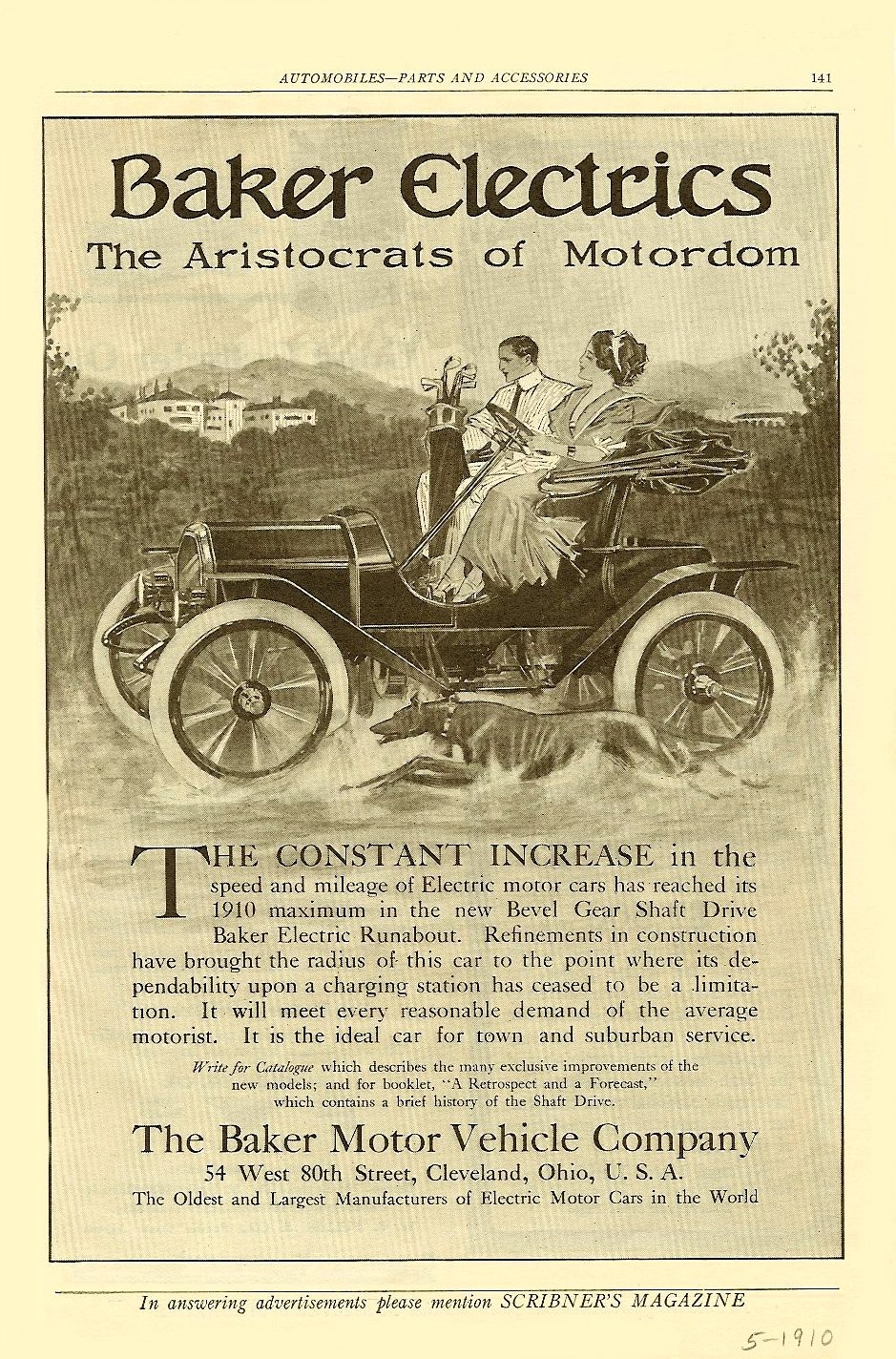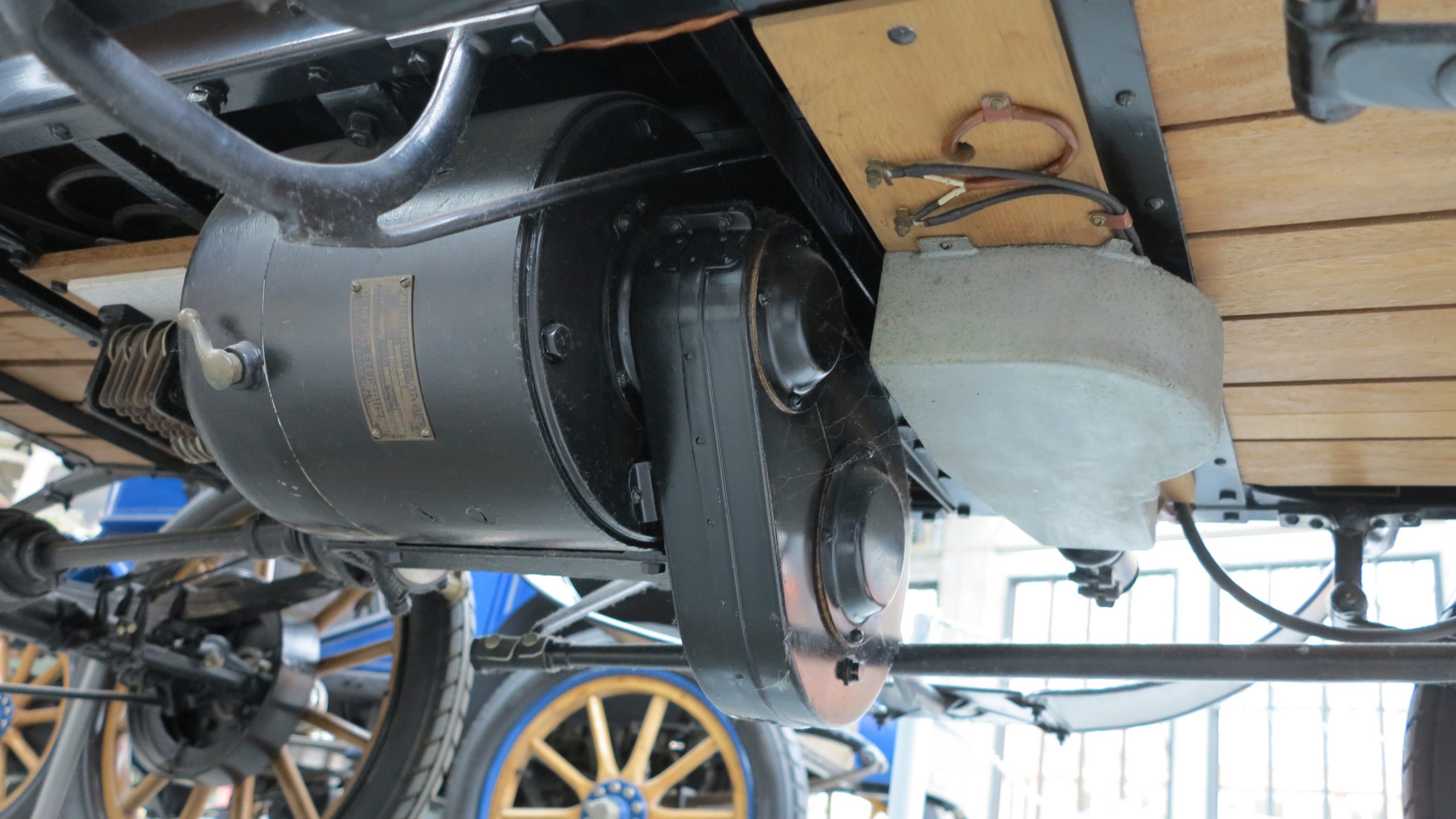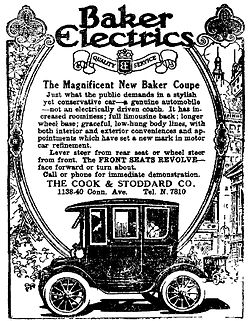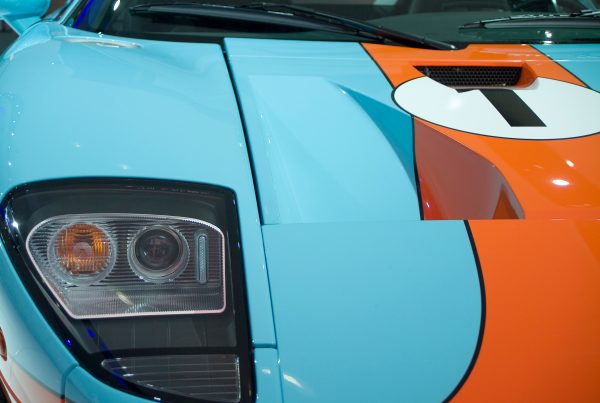Before Tesla, There Was Baker.
Back in the early 2000’s you may have read an article or two about the hybrid Ford Escapes driving around downtown New York City. But, where electric cars are concerned, these hybrids are a bit behind the times. More than 100 years to be exact.
Beginning in 1914, the Detroit Taxicab and Transfer Company built nearly 100 electric cabs and operated the fleet as well. Often, anyone wanting to hail a cab was more than happy to wait for the cleaner and more tasteful electric car, even when the traditional gas-powered cab was ready to pick them up.

Early Advertisement for the Baker Electric Automobile.
Marketed as a form of women’s liberation, Electric cars did not have the dirtier aspects of a traditional vehicle of the time. They were not greasy, smelly or problematic to start up. Women could dress up and drive to lunch, visit friends or shop without fear of soiling their clothing or setting their dresses on fire.
Baker Electrics, Rausch & Langs and Detroit Electrics manufactured electric cars that were reliable across the board. They were even driven by the wives of major car companies. Clara Ford drove a 1914 Detroit Electric Brougham until the 1930s. Helen Joy, wife of the president of the Packard Motor Car Company, drove a 1915 Detroit Electric.
The Baker was a tall car, standing more than 7 feet tall. The car itself looks like a giant telephone booth. It had twelve 6-volt batteries under the front and rear covers to power the car’s 72-volt motor. Typically built with lead-acid batteries, customers had the option to use Edison alkaline batteries which were the result of a research program conducted at the turn of the century to create a lighter battery that was significantly more powerful and extended the range and speed of the Baker.
Replacing the lead plates and sulfuric acid, Edison batteries utilized iron, and nickelic oxide electrodes, and an alkaline electrolyte of potassium hydroxide. However, the first batteries out of production were prone to leaking and suffered electrode failure. Edison later closed the factory in 1905 and resumed production on the batteries four years later. As many owners express, the batteries still remain good to this day, you just rinse them out and replace the electrolyte and they are ready to be used again.
The car’s electric motor is roughly the size of a watermelon and is visible under the car. The motor drives the rear wheels using an enclosed-chain reduction system and a now-conventional driveshaft and differential. The car will go for about 4-5 hours on a single charge, roughly 25 miles an hour for 110 miles. This is still the range for today’s vehicles, a number that many car companies are hoping to increase.
The interior of the Baker is immaculate. One must first “climb” into the vehicle the closely resembles more of a mobile parlor than the traditional interior of a vehicle. Every surface is covered with classy fabrics, the doors have tassels, braided cords, and embroidered leather straps. Much like a Victorian tea room, button-tucked bench seats face each other while the driver sits on the left of the rear bench. The Baker also lacks a steering wheel. Instead, a long steering tiller folds down from the left once the driver is seated. The driver must push forward on the column to steer left and pull it back to go right. The vehicle’s speed is also controlled by a lever and features two brake pedals for each rear wheel, protruding from the carpet.
While Baker had a lot to improve upon, especially when it came to aerodynamics, it was a revolutionary vehicle. Beloved by many, it hailed the turn of the century as a time of progress and ingenuity.






